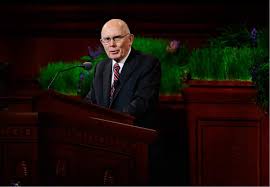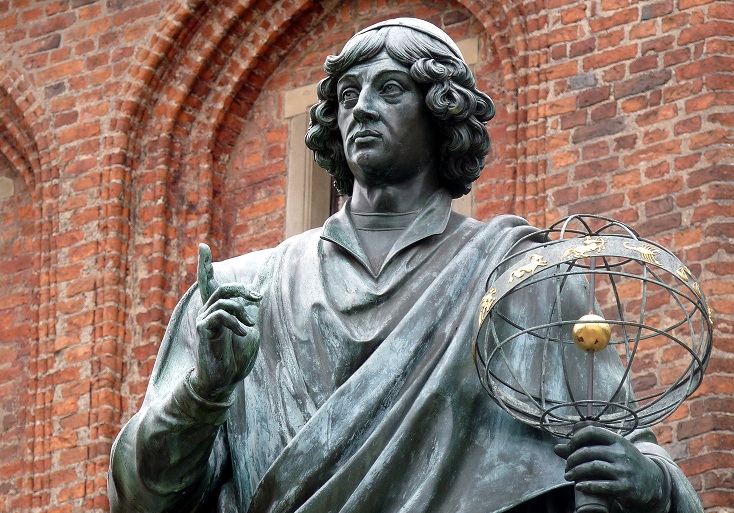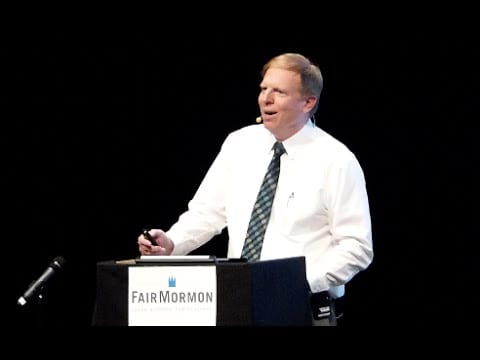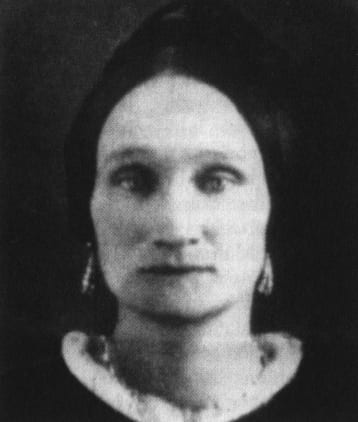In the wake of the CES Letter, several other similar “letters” began making the rounds online. None of them have the reach and influence of the CES Letter, but the distant second-most popular letter appears to be the Letter For My Wife by Thomas Faulk. Because of its second-place status, there are virtually no rebuttals to it. The only one I’ve been able to find is the one at FAIR.
This particular letter is favored by two groups. The first is the group who were themselves turned off by the hostility of the CES Letter. They wanted something similar but much more neutral in tone to help explain their faith struggles with their loved ones. That’s a position I can fully respect. The second group, however, is the group who discovers that many believers are put off by the CES Letter’s tone. They prefer something more neutral in order to rope their loved ones into reading it so they start questioning their own testimonies. I don’t have any respect for this position. It’s manipulative, and that’s gross to do to someone you claim to love. [Read more…] about Letter For My Wife Rebuttal, Part 1: Preface/Introduction











